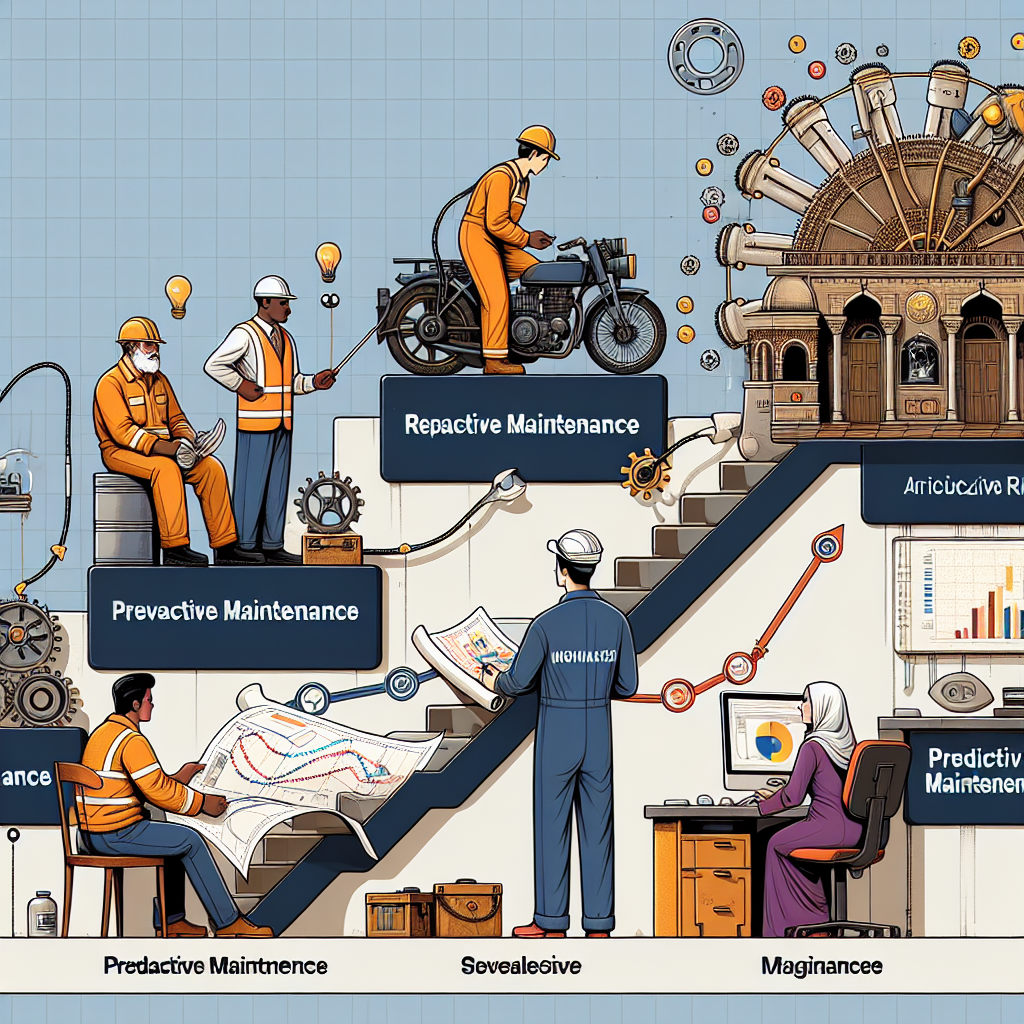In today’s rapidly evolving business landscape, companies are increasingly turning to IT outsourcing as a strategic solution to meet their technology needs. The rise of IT outsourcing can be attributed to a variety of factors, including the need for cost-effective solutions, access to specialized skills and expertise, and the desire to focus on core business activities.
IT outsourcing involves contracting with a third-party service provider to manage and deliver IT-related functions, such as software development, network management, data storage, and technical support. By outsourcing these functions, companies can benefit from cost savings, increased efficiency, and improved scalability.
One of the key drivers of IT outsourcing is cost savings. Outsourcing IT services can be significantly more cost-effective than hiring and maintaining an in-house IT team. By outsourcing, companies can avoid the expenses associated with recruiting, training, and retaining IT professionals, as well as the costs of purchasing and maintaining IT infrastructure.
Additionally, IT outsourcing allows companies to access specialized skills and expertise that may not be available in-house. Outsourcing providers often have a team of highly skilled professionals with expertise in specific technologies and industry best practices. This can help companies to stay competitive in a rapidly changing technological landscape and drive innovation within their organizations.
Another benefit of IT outsourcing is increased efficiency. Outsourcing providers are typically able to deliver IT services more efficiently and effectively than in-house teams, due to their specialized knowledge and experience. This can help companies to streamline their IT operations, improve service quality, and reduce downtime.
Furthermore, IT outsourcing can help companies to scale their IT resources quickly and easily in response to changing business needs. Outsourcing providers can offer flexible and scalable solutions that can be tailored to meet the specific requirements of each company, allowing them to adapt to changing market conditions and technology trends.
As more and more companies recognize the benefits of IT outsourcing, the market for outsourced IT services is expected to continue to grow. According to a report by Grand View Research, the global IT outsourcing market is projected to reach $397.6 billion by 2025, driven by increasing demand for cost-effective and efficient IT solutions.
In conclusion, the rise of IT outsourcing represents a significant shift in how companies approach their technology needs. By embracing external solutions, companies can benefit from cost savings, access to specialized skills and expertise, increased efficiency, and scalability. As the demand for IT outsourcing continues to grow, companies that leverage these external solutions will be better positioned to thrive in an increasingly digital and competitive business environment.









You must be logged in to post a comment.